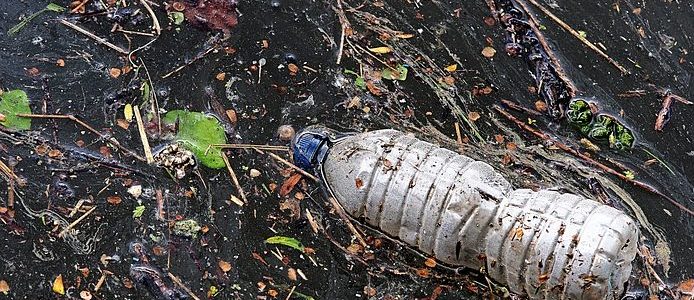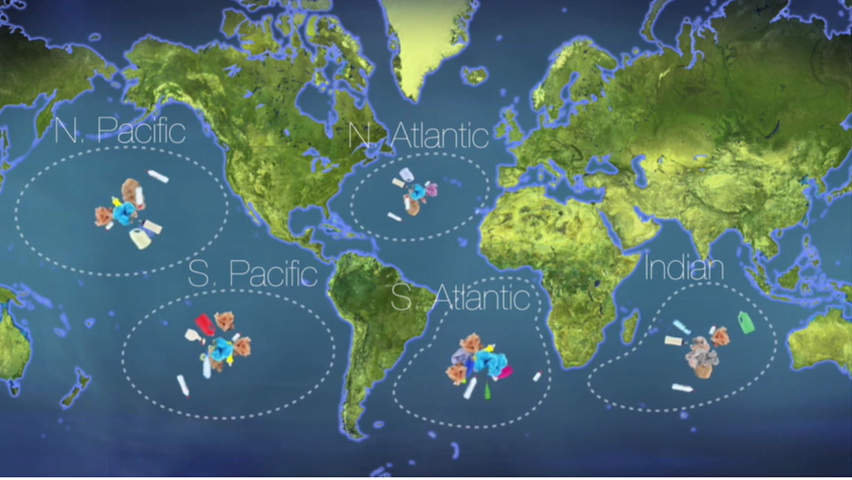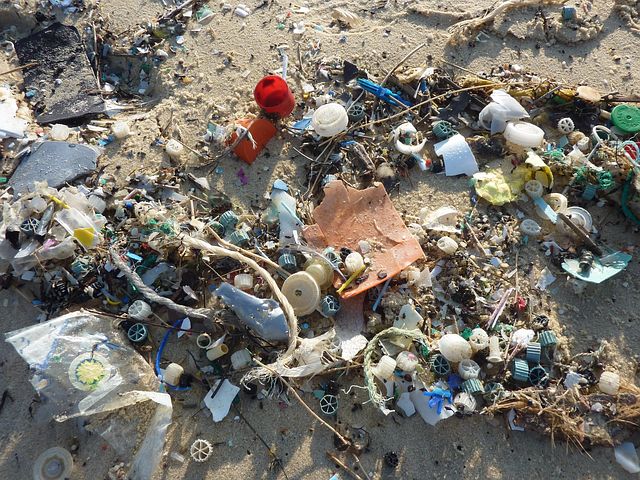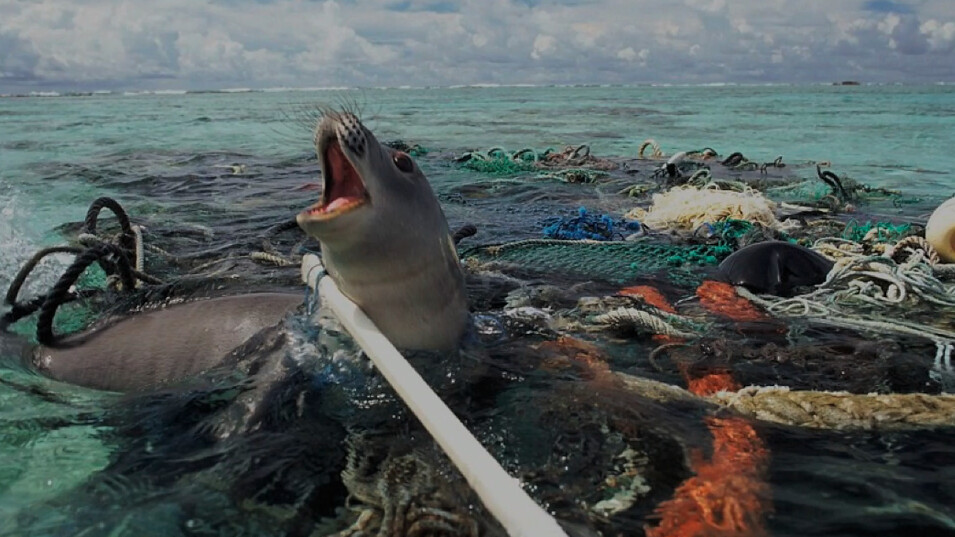
The sun is heating up, so it’s time to hit to beach! (I’d like to say “surf’s up!”, but it really doesn’t suit me). The beauty of the horizon, foamy waves crashing into the shore, the sand between your toes…but what about all that trash? Our oceans are in trouble. That pile of plastic waste on the beach is NOTHING compared to what’s floating in the water. I’m sure you would have seen the recent increase in reports of devastating deaths of whales due to their intake of plastic. We’re going to take a deeper dive into this subject matter.
Let’s start with a brief bit of history. The guy who invented synthetic polymer, John Hyatt, way back in 1869, was hailed a hero – he had produced celluloid, a material which would save the animals! Yes, perhaps a little ironic. But ivory and tortoiseshell could be replaced with celluloid, for things like billiard balls and hair combs, so at least elephants and tortoises had a few less reasons to be hunted. Then in 1907, completely synthetic plastic was invented by Leo Baekeland. This was a material which would allow us to ‘beat’ Mother Nature: it would protect us, our food and our property from the elements, and it would last forever. It was totally conformable, we could shape it into anything we wanted, and it was inexpensive. And so our obsession with all things plastic began.
It was many decades later that we started to get worried about the amount of plastics we were producing and using, along with the realization that the whole ‘lasting forever’ thing might not have been such a great idea. In the 1960s came the first report of plastic waste being noticed in our oceans.

Did you know that there are 11 gyres in the ocean in which the currents create a spiraling effect? There are stable high pressure systems in these locations, so very little wind and slower moving waves. 5 of these, the sub-tropical gyres, are areas where plastic waste becomes trapped in a pool of mess. One such place is now an area of plastic waste twice the size of Texas!! There’s been misunderstandings that these locations are literally islands of plastic trash. But the fact is that most of the plastic that ends up in the ocean, and we’re talking millions of metric tons of the stuff, is small. And after years of being made more brittle by UV rays and then beaten by waves, the pieces fragment and become ever smaller. So although initially larger plastics get trapped in the gyres, it’s the smaller specs, most even smaller than 1cm, which get fed into the rest of the ocean. Therefore we don’t see ‘islands’ of trash, we see vast areas of ‘soupy’, murky ocean, with millions of small pieces of plastic floating at varying depths from the very surface to a few feet under. And herein lies the real issues: 1. this size makes it very easily ingestible by ocean creatures and marine birds; 2. there’s no simple collection method: we can’t simply strain the water or scoop the plastic up.

So how do we know this? A team of scientists teamed up to explore the reality of the trash in our oceans. They travelled more than 40,000 miles in 14 expeditions to trawl plastic from the 5 gyres. They counted 5.25 trillion pieces of plastic, weighing more than 270,000 tons! What does 270,000 tons of plastic waste look like? If you stood 2 liter bottles on top of each other, the chain would travel to the moon. And back. Twice.
Of course, having said this, there is still an inordinate number of large plastic items floating about in the ocean too, like plastic bags and discarded fishing lines and netting, which can also kill beautiful innocent creatures. So small or big, the plastic in our oceans is a devastating problem. UNESCO have estimated that 100,000 marine animals die EACH YEAR due to plastic pollution. This is simply unacceptable. And while we don’t have a nice tidy fix for collecting what’s in the water already, we are certainly capable of ensuring we don’t keep adding to the piles. The only answer is to stop using plastic altogether. Or at least, find every possible alternative, and reduce your use of it. So even though Plastic Free July is now behind us, we must still, consistently, aim to remove as much plastic from our lives as we can.

And that’s not as difficult as it sounds. The first thing to shed is single use plastic. And some great ideas for how to do this were featured in this article. Plus here’s some great ideas from the 5 Gyres Institute, who is a nonprofit organization dedicated to researching the plastic pollution in our oceans. They are made up of a team of scientists, researchers and people passionate about saving the oceanic ecosystem, and were founded in 2008. They were the founding member of the United Nations Global Program on Marine Litter, and since 2017 hold special consultative status with the United Nations Economic and Social Council. In other words, when it comes to the plastic pollution in our oceans, this team are the experts! The 5 Gyres contributed to a very important report published in May, titled “Plastic and Climate: The Hidden Costs of a Plastic Planet” – it’s a long but necessary read about the devastating impact plastic has, which will really make sure you #breakfreefromplastic, even beyond #plasticfreejuly.



